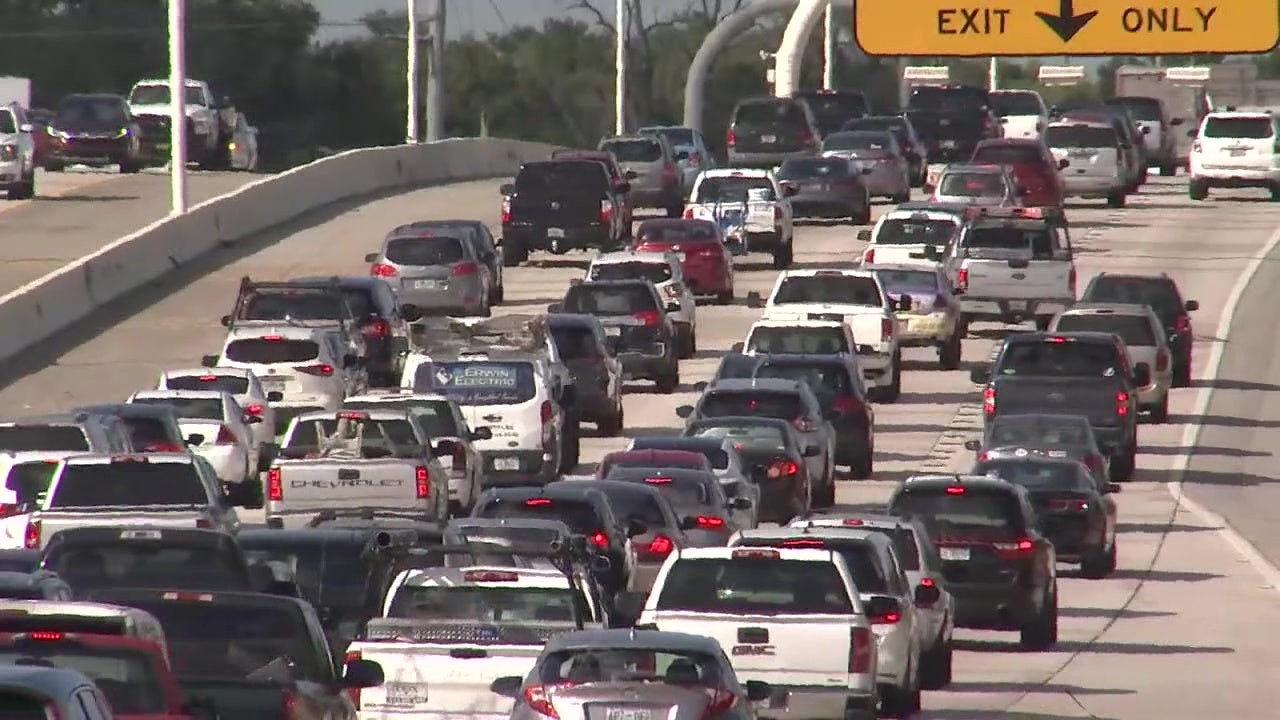Travel
Can corn ethanol really help decarbonize US air travel?

Meanwhile, environmental groups sharply criticized the tax-credit guidelines. World Resources Institute and Environmental Defense Fund, among others, questioned Treasury’s methodology for analyzing total CO2 emissions, which they say undercounts the life-cycle impacts associated with crop-based fuels.
“Opening the door to converting either corn ethanol or soybean oil to jet fuel actually makes it harder to solve the climate problem, not easier,” said Dan Lashof, the U.S. director of World Resources Institute (WRI).
A major sticking point is how Treasury calculates the benefits of climate-smart agricultural practices under its updated version of the GREET model. For example, corn ethanol producers can now subtract 10 grams of CO2 per megajoule of energy — a measure of carbon intensity — if they source corn produced using no-till, cover cropping, and efficient fertilizers.
But that uniform number can mask the fact that, in reality, the actual benefits of such practices vary widely depending on location, season, and myriad other factors. Measuring the true climate impact of, say, no-till methods can require frequent on-site sampling of soil cores — a step that’s often prohibitively expensive and logistically complex for many farmers.
“We need a lot more information about how these practices work, and what their net impact on the carbon cycle is,” said Freya Chay, a program lead at CarbonPlan, a nonprofit that analyzes climate solutions. She pointed to a 2022 study that found CO2 reductions from no-till methods can diminish quickly, reaching zero in 14 years, though she noted other benefits of the practice, including reducing erosion and improving soil health.
“The same questions we’ve had about the best use of land and whether corn-based ethanol makes sense, in terms of tracking toward our climate goals, still stand,” Chay said of the new tax-credit rules. “We should still be asking really carefully whether or not this makes sense moving forward, and whether or not we should be devoting a new era of public funding to it.”
Despite the controversy stirred up by the new tax-credit guidance, the SAF incentives aren’t expected to drive an immediate surge in U.S. ethanol production for jet fuel.
That’s because Treasury’s guidance is specific to the 40B credit, which is only in effect for 2023 and 2024. Given that it typically takes fuel producers around three years to build a new biorefinery, the tax credit hardly moves the needle for SAF producers. Nevertheless, the decision signals to the broader industry that the Biden administration supports the use of crop-based fuels — a source of concern for environmental groups, and an encouraging sign for airlines and fuel producers.
What’s next for SAF after 2027 is still TBD
Once 40B expires, a new incentive called the Clean Fuel Production Credit (45Z) will take effect from 2025 to 2027. Federal officials said they’ll develop yet another CO2-accounting framework for the 45Z tax credit and will do “further work” on modeling, data, and assumptions used to credit agricultural practices.
“Hopefully there’s an opportunity for the administration to revisit the assumptions built into this [40B] model and adopt an approach that is more consistent with the best available science,” said WRI’s Lashof.
What happens after 2027 is still to be determined. U.S. policymakers historically have extended or reinstated tax credits for road-based biofuels, which suggests Congress might do the same for the SAF tax credit. Industry experts and fuel producers say they’re pushing for more clarity and certainty around such policies as the nation works to boost supplies.
“Scaling up SAF production is going to require tens to hundreds of billions of investment dollars going to new production facilities, and moving that capital off the sidelines requires certainty,” said Gene Gebolys, CEO of World Energy. The Boston-based SAF producer uses waste fats and used cooking oils to make its fuels, though the company is considering next-generation feedstocks such as low-carbon-intensity alcohols and e-fuels made from hydrogen and captured carbon.
“As public support begins to come into clearer focus, more capital can move more quickly to a cleaner aviation future,” he said by email.

While crop-based fuels might play a role in meeting near-term SAF goals, their long-term viability is even less certain, particularly if air travel continues to soar in the coming decades. A new report by the Clean Air Task Force examined the different pathways to decarbonizing the global aviation industry. Analysts assumed there’d be no further growth in biofuel supplies after 2030.
“That’s when we started running into these land sustainability issues,” said Thomas Walker, the transportation technology manager at Clean Air Task Force and the report’s lead author. “We’re not against ramping up biofuels,” he added. “We just worry about over-ramping biofuels and pushing into land that we need for agriculture.”
Walker called for greater investment and policy support for solutions other than biofuels, such as e-fuels and hydrogen-fueled aircraft — technologies that are far earlier on the development curve but ultimately promise deeper reductions in aviation emissions.
“We don’t think biofuels are going to be enough to tackle the problem at all,” he added.










